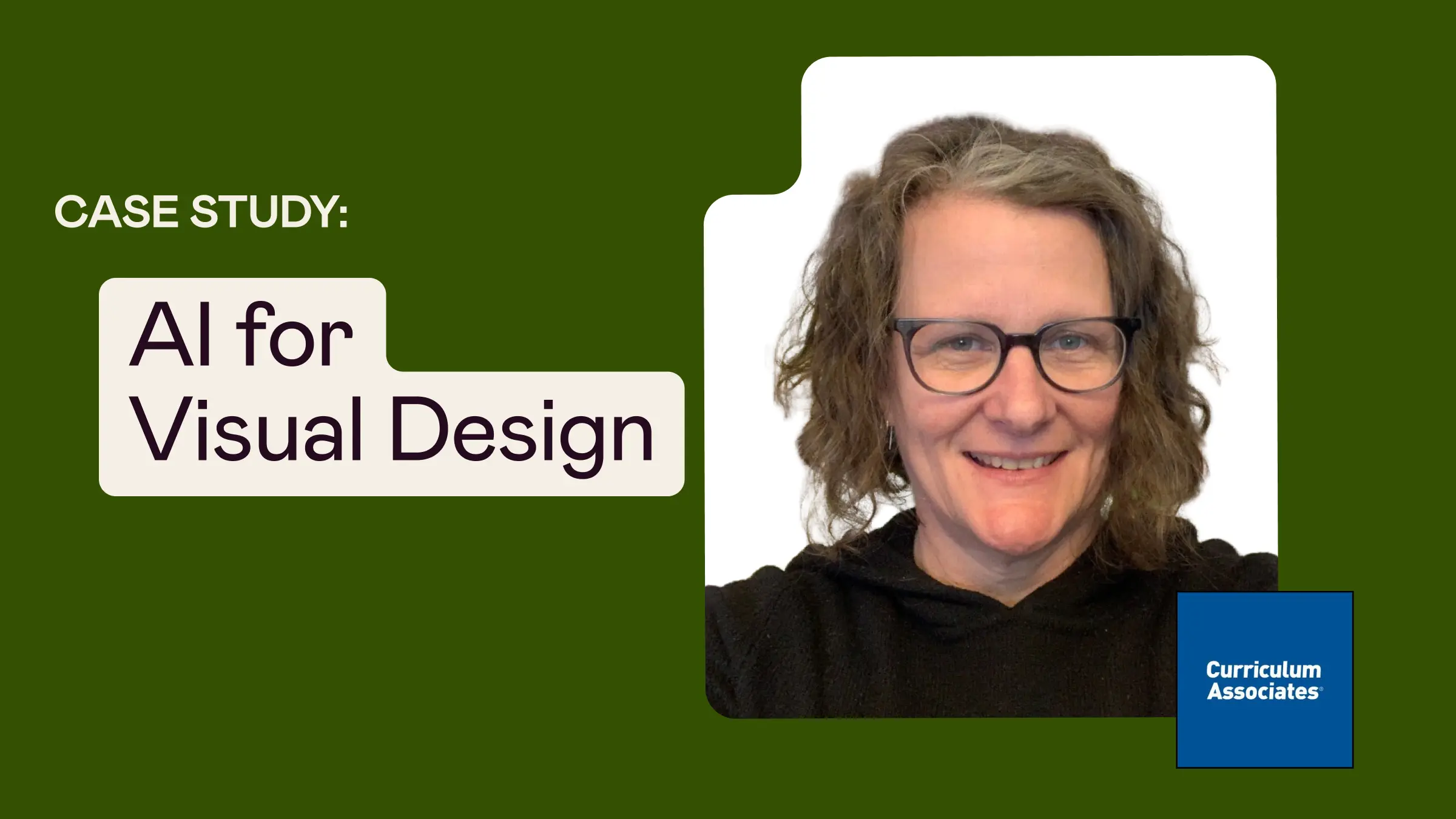For July 2025 UX Academy graduate Alyssa Carroll, a desire for creativity and connection guided her career change from hospitality and customer service to UX design . After years of helping people in service roles, she wanted a creative career that combined problem-solving, collaboration, and impact. Through strong mentorship and a commitment to networking Alyssa built the confidence, community, and professional relationships that ultimately led to her role as a Product Designer at DaVita.
What were you doing before UX Academy, and what motivated you to pursue UX?
Before UX Academy — and honestly during — I was working at a healthcare company in a customer service position. My background before that was in hospitality; I was a server and bartender for over ten years.
When COVID hit, I started looking for remote jobs, and that’s how I ended up in healthcare, helping patients and clinics with IT support for telehealth appointments. But in that role, there wasn’t any real growth potential.
I’ve always wanted to be in a creative field, and I used to enjoy basic HTML as a kid — I tried a few front-end web development courses on Udemy, but I realized I craved the people aspect, the collaboration. So I went down the rabbit hole of “How can I design for the web, but also help people and work from the user’s perspective?”, and that’s when I discovered UX/UI design.
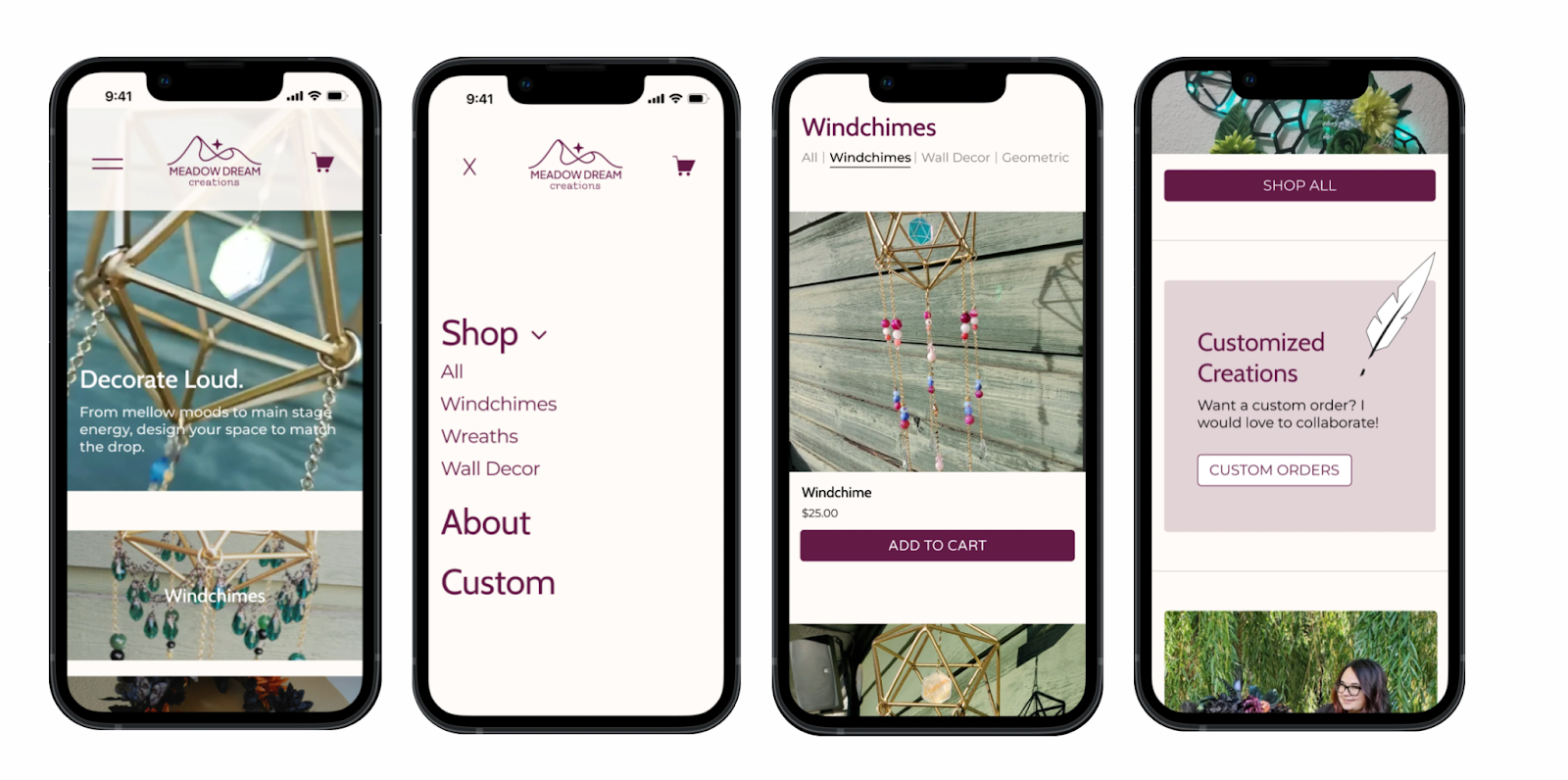
How did you get started with UX Academy?
I had never really had the opportunity to pursue formal education — I don’t have a bachelor’s degree, even though I had great grades in high school. So I thought, “Okay, what do I want to do right now?” — and that was the catalyst for finding an educational program, and that program was Designlab.
I started with the UX Academy Foundations program and then moved into UX Academy, and I loved it. I love learning, and being in an environment where I could check in with a mentor and see what being a creative really meant was such an exhilarating feeling. Learning that there’s a scientific process behind design was such a fun discovery for me.
It was also overwhelming at first — imposter syndrome definitely kicked in. You see people with graphic design backgrounds and think, “What am I doing here?” But it became a personal journey for me to say, “I don’t care. I’m going for it anyway.”
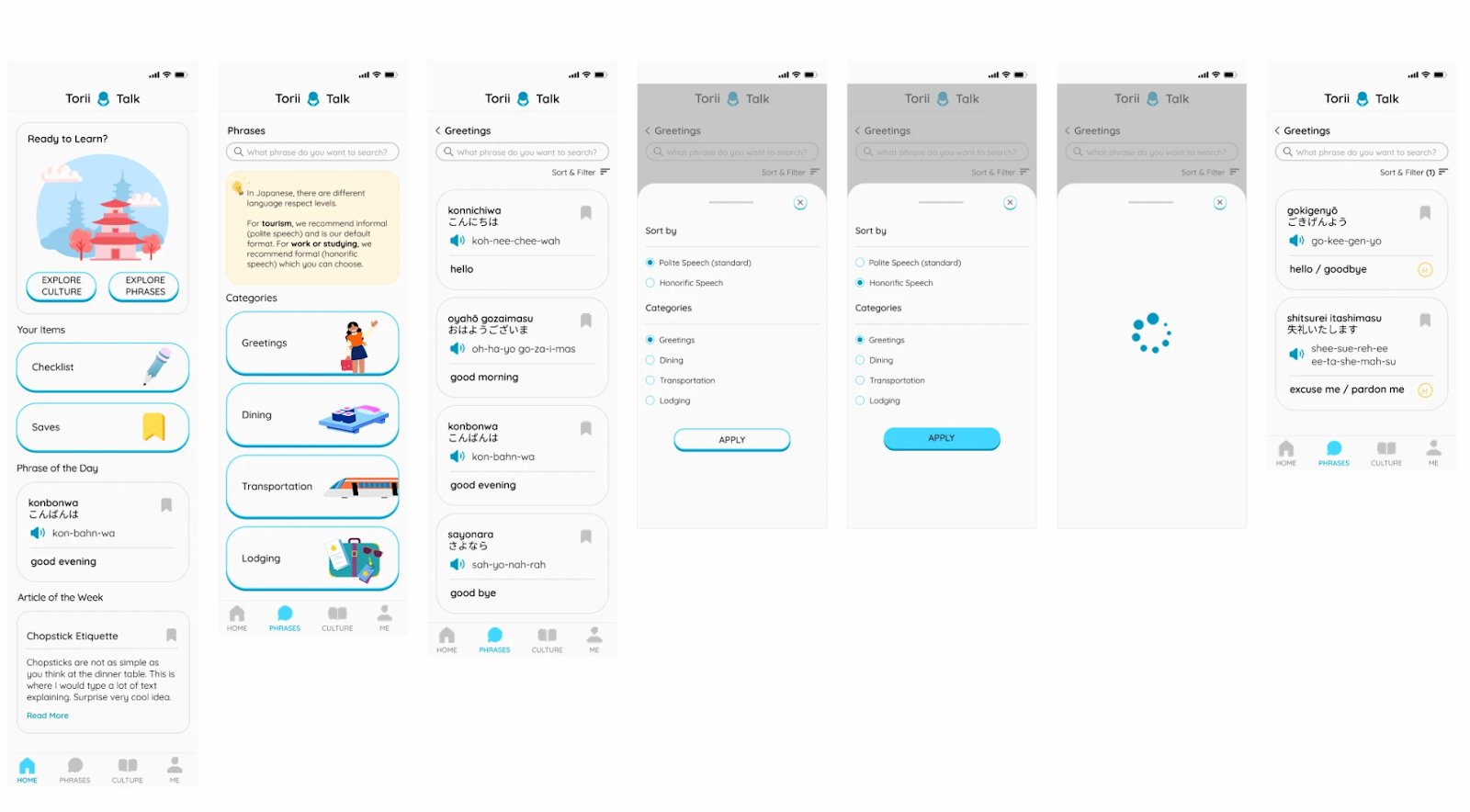
How was your experience in UX Academy?
The highs were definitely the mentorship. I still keep in touch with my mentor, Calvin Sims, and he taught me so much — not just about design, but about myself as a creative. He would challenge me, but was also very vulnerable. When I started the program, it was hard for me to be a beginner, and he helped me understand how being a beginner is a strength. That realization was huge for me. I feel like it was such a valuable gift that I never expected to find.
I still keep in touch with my mentor, Calvin Sims, and he taught me so much — not just about design, but about myself as a creative.
I also made real-life friends through UX Academy here in Denver, and they’re still some of my closest friends. Having that community was incredibly valuable.
There were challenges — I was working 40 hours a week, doing 20–25 hours for Designlab, and trying to do some freelance work on top of that. My whole life was design, and the program obviously had a learning curve for me, But overall, I learned so much and watched myself become so much more confident throughout the program.
How was your experience with Group Crits?
I found them so valuable! It was great seeing the different facilitator styles — some were more technical, some were more free-flowing and creative. Being exposed to different perspectives helped me understand that design isn’t about right or wrong answers — it’s about perspective.
I also liked how the groups included people from all stages — from beginners to those building their portfolios. Even people who were just starting had insights that made me think differently!
How was your experience in finding your first role?
I actually graduated in July and got a job in August, and I think that was because I was really tenacious about networking. By the time I met with my Career Services, I had already started networking within the company I worked for. I had presented my case study to multiple UX team managers, had an internal mentor, and was attending local networking events with other UX designers in my area I met through UX Academy.
Networking was really what got me there… Online spaces like LinkedIn can be discouraging, but I just refused to let that get to me.
Networking was really what got me there. I think online spaces like LinkedIn can be discouraging right now — there’s a lot of negativity — but I just refused to let that get to me. Not getting a job wasn’t an option. I decided I was getting a job, period.
I found my current job internally at the company I was already working for, reached out directly to the hiring manager, and went through six interviews. It was overwhelming in the best way — like I could finally see the gates parting. I actually had a couple other interviews and offers come in too, but I really wanted to stay at this company. I’d heard such great things about the team, and they’ve all been so welcoming!
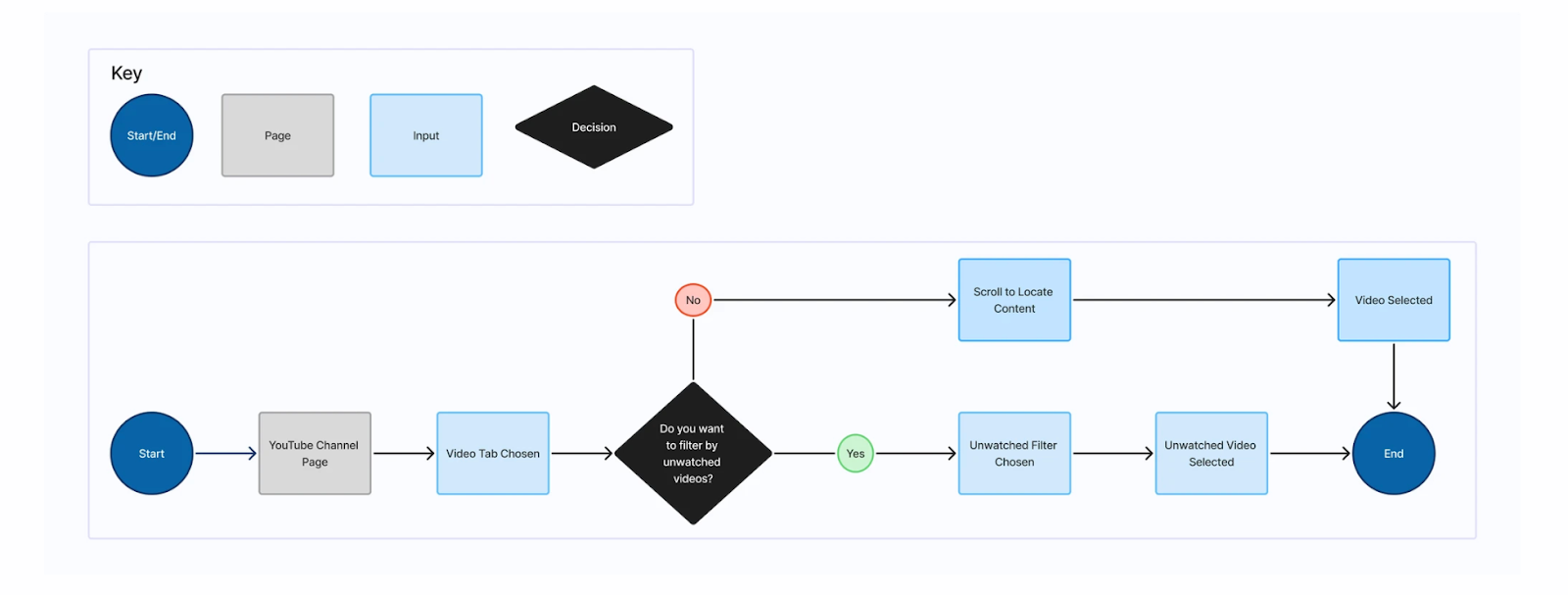
That’s amazing! And what is your new role?
The company I work for is called DaVita, which is a healthcare company specializing in kidney treatments and dialysis. It’s a huge international company. I’m on the marketing team as a UX/UI Designer, and I work on the flagship website and branding projects.
The team is small — just a few designers and developers — so even though it’s a massive company, it feels like a startup. I’ve worked on research and design for site pages, as well as an AI chatbot project. Since it’s a new role still, there’s also meetings with a ton of people in addition to the design work I’m doing.
It’s fast-paced and high-pressure, but for me, that’s the best-case scenario. Even though I’m new, I’m standing firm about following the design process and advocating for the user. I’m learning so much every day, and I love it.
What advice would you give to someone considering UX design?
Remember that being a beginner is a strength. You bring a fresh perspective, and that’s invaluable in design. Don’t think you’re unworthy.
My entire life changed…and that’s thanks to Designlab. I did it, and you can do it.
Be kind to yourself, especially during the hard times. Regardless of your background or where you come from, you absolutely can do this. Get a mentor who believes in you. Calvin was such a positive influence on my career, and continues to be moving forward.
My entire life changed in two months—I’ve never experienced this sort of gift in my life, and that’s thanks to Designlab. I was a beginner and started from the bottom coming into this program. I did it, and you can do it.



.svg)
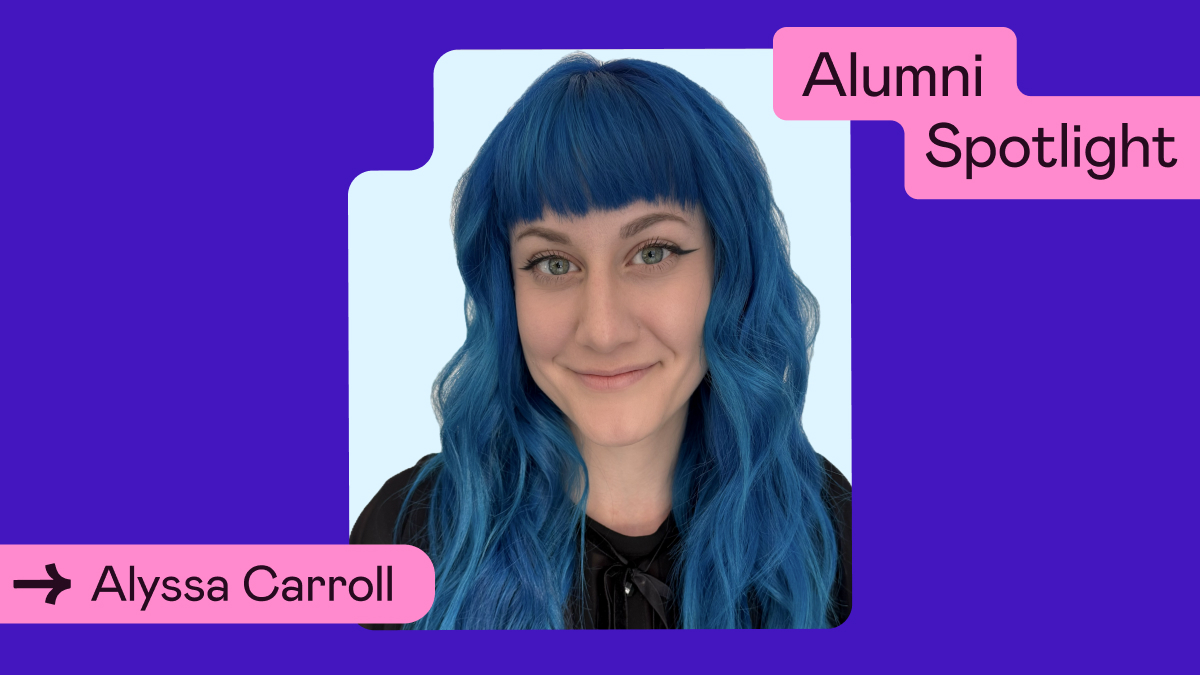







.png)

